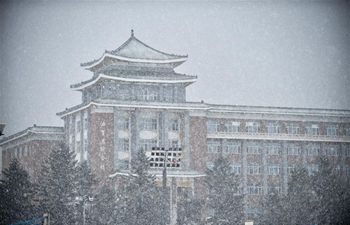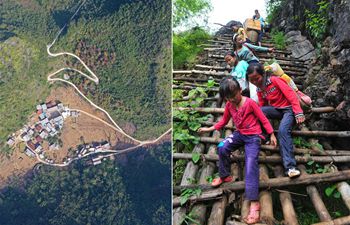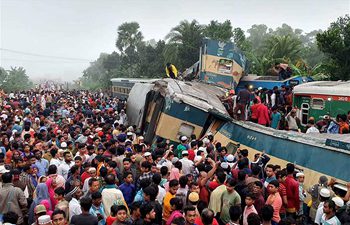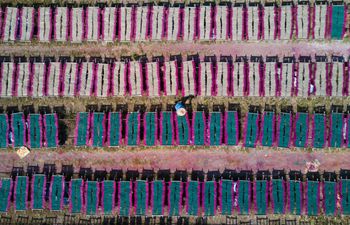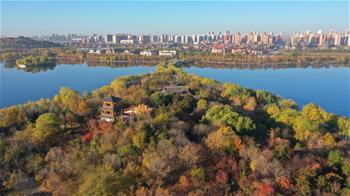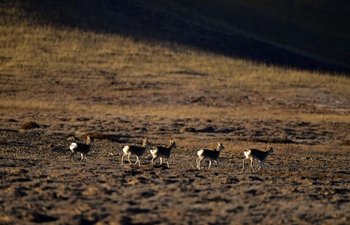VIENTIANE, Nov. 14 (Xinhua) -- Rice markets in Laos may experience greater fluctuation in 2020 as harvests are unlikely to meet targets in 2019.
The total yield is expected to be about 3.5 million tons -- a downward slide from the original target of 4.4 million tons. Rising prices, shortages and storage issues, including difficulties in procuring rice, are worrisome for both the people and the state.
Lao Deputy Prime Minister Sonexay Siphandone, who is also Minister of Planning and Investment, listed some of the factors that have impacted rice production in 2019, when addressing the ongoing National Assembly.
He said the repair of many irrigation channels that were damaged by floods in 2018 is still incomplete and functioning irrigation systems cannot supply sufficient water to meet farmers' needs.
In 2019, the dry season lasted a lot longer than usual, resulting in drought conditions, which are also being experienced at the present time in some areas. This is adversely affecting rice crops. In addition, there have been outbreaks of crop pests and severe flooding, especially in two central provinces and four southern provinces, local daily Vientiane Times reported on Thursday.
This year, the area of wet season rice affected by natural disasters was almost 172,000 hectares. About 105,200 hectares of rice was completely wiped out, constituting 13.63 percent of the wet rice crop throughout the country, according to information provided by the Lao Deputy prime minister last week.
Poor yields in 2019 might drive up the price of rice in markets in 2020. Rice prices usually fluctuate during the rainy season from June to September depending on the amount harvested and available in markets.
Answering enquiries by National Assembly members on Wednesday, Lao Minister of Agriculture and Forestry Lien Thikeo defended its decision to lower the rice production target for 2019, from 4.4 million tons to 3.5 million tons, saying it was unavoidable because of the severe flooding that had occurred this year and last. And at the same time, water shortages are affecting the north of Laos.

